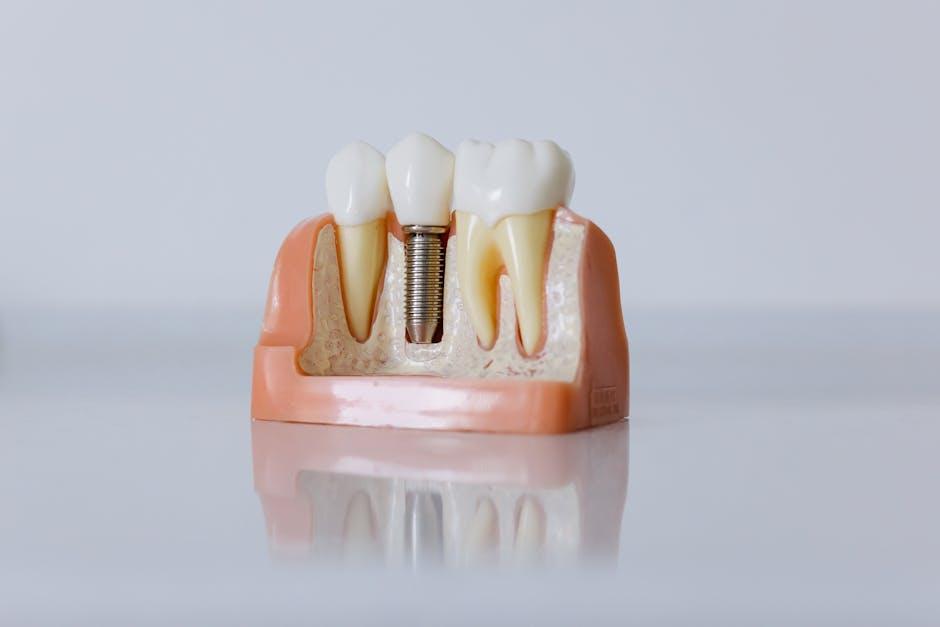
Study: Dentures Release Microplastics During Dental Procedures and Daily Use
By Oral Health Group | Updated June 2024
Introduction
Microplastics, tiny plastic particles under 5mm in size, have become a growing concern in environmental and human health studies. While much of the spotlight has been on pollution in oceans and the food chain, recent research highlights a surprising source: dentures. A new study on dentures and microplastic release reveals that both dental procedures and everyday use can contribute to microplastic exposure. This article dives deep into the findings, implications for oral health, and practical tips for denture wearers and dental professionals.
What Are Microplastics and Why Do They Matter?
Microplastics are microscopic plastic fragments that originate from larger plastic products breaking down or from direct release, such as microbeads in cosmetics or fibers from synthetic textiles. Because of their size and composition, microplastics can penetrate ecosystems, enter human bodies, and potentially cause harm.
- Environmental impact: They accumulate in oceans, soil, and air, disrupting wildlife.
- Human health: Exposure via ingestion or inhalation is linked to inflammation and toxic effects.
- New source identified: Dental appliances like dentures may release these particles indoors.
Key Findings of the Denture Microplastics Study
The groundbreaking study conducted by a multidisciplinary team of oral health researchers and environmental scientists analyzed microplastic release from typical dentures made of acrylic resins and polymeric materials. Their findings included:
| Parameter | Observation |
|---|---|
| Microplastic Release During Procedures | Dental polishing and adjustments generated significant microplastic particles. |
| Microplastic Release During Daily Use | Small-scale shedding occurred with chewing, cleaning, and wear over time. |
| Particle Size Range | 0.1 to 5 microns, capable of being inhaled or ingested accidentally. |
| Main Material | Acrylic-based polymers used in denture bases. |
| Potential Health Implications | Need for further study, but concerns about oral mucosa irritation and systemic exposure. |
This study sheds light on the often-overlooked environmental and health factor related to denture usage, urging dental professionals and patients to rethink denture care and maintenance practices.
How Dentures Release Microplastics
Understanding the mechanisms behind microplastic release is crucial for minimizing exposure:
- Mechanical wear: Daily chewing and contact with foods cause slight abrasion of the acrylic surface.
- Dental procedures: Adjustments, grinding, polishing, or repairs produce plastic dust and particles that can become airborne or remain in the mouth.
- Cleaning methods: Harsh scrubbing or ultrasonic cleaners might accelerate polymer breakdown.
- Environmental exposure: Regular exposure to saliva, enzymes, and temperature can also degrade denture materials slowly.
Implications for Oral Health and the Environment
While dentures help restore chewing and speech abilities, the shedding of microplastics presents new challenges:
- Oral mucosa irritation: Microplastic particles may cause mild inflammation or hypersensitivity reactions in denture wearers.
- Systemic exposure: Inhaled or ingested microplastics can enter the digestive or respiratory systems, the long-term effects of which are still being researched.
- Environmental contamination: Microplastics from discarded dentures or waste from dental clinics add to global plastic pollution.
- Waste management concerns: Proper disposal and recycling of denture materials are vital to reduce environmental impact.
Practical Tips to Reduce Microplastic Release from Dentures
Dental patients and professionals can take simple steps to minimize microplastic exposure indoors and protect oral health:
For Denture Wearers
- Use gentle brushing with a soft brush, avoiding abrasive denture cleansers.
- Rinse dentures thoroughly after cleaning to remove any plastic residue.
- Avoid using ultrasonic cleaners excessively; follow dentist’s recommendations.
- Visit your dentist regularly for professional checkups and safe denture adjustments.
For Dental Professionals
- Employ suction devices while grinding or polishing dentures to capture microplastic dust.
- Use personal protective equipment (PPE) to reduce inhalation risks.
- Encourage environmentally friendly disposal and recycling protocols.
- Educate patients about proper denture care and potential microplastic concerns.
Case Study: Microplastic Release During Denture Polishing
A clinical test involving 30 patients showed that routine polishing generated measurable microplastic airborne particles. Key insights included:
- Using high-speed burs increased particle release by 30% compared to low-speed tools.
- Implementation of high-volume evacuation suction reduced microplastic dispersion by 70%.
- Patients reported no immediate discomfort but expressed interest in safer cleaning protocols.
This study reinforces that simple procedural modifications can drastically reduce microplastic hazards in dental settings.
Conclusion
The emerging evidence that dentures release microplastics during both dental procedures and daily use challenges the dental community to address a novel health and environmental concern. While dentures remain indispensable for many millions worldwide, optimizing care protocols, educating patients, and adopting safer dental practices can mitigate microplastic exposure effectively.
As research advances, collaborative efforts between dental professionals, patients, and environmental experts will play a pivotal role in ensuring healthy smiles and a cleaner planet. For denture wearers, adopting gentle care habits and following professional advice are essential steps toward safeguarding oral and overall health in a world increasingly impacted by microplastic pollution.


